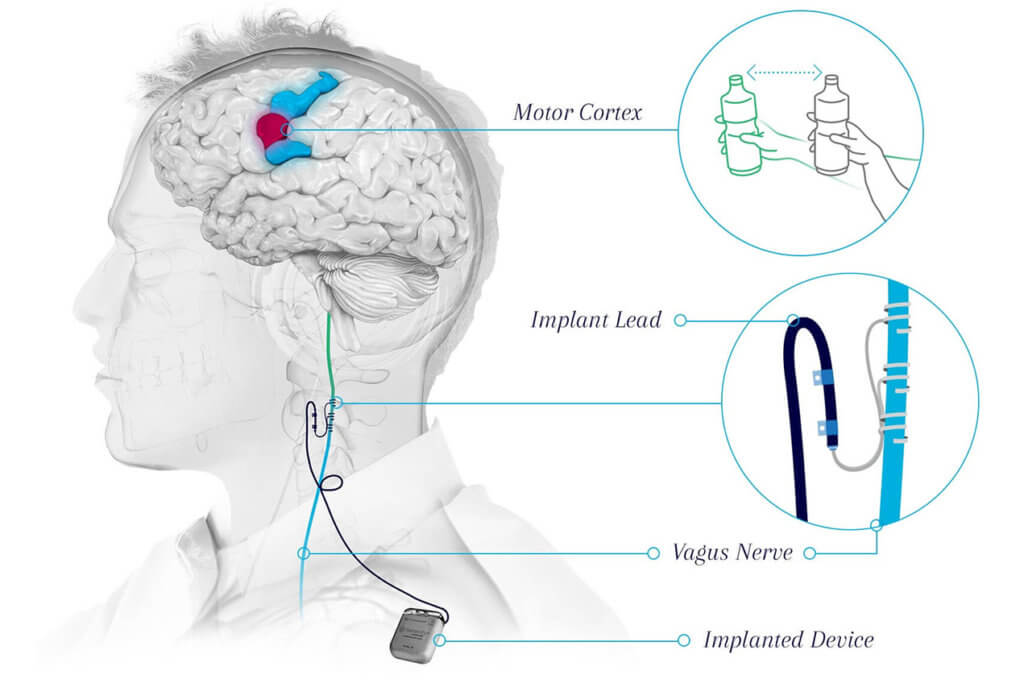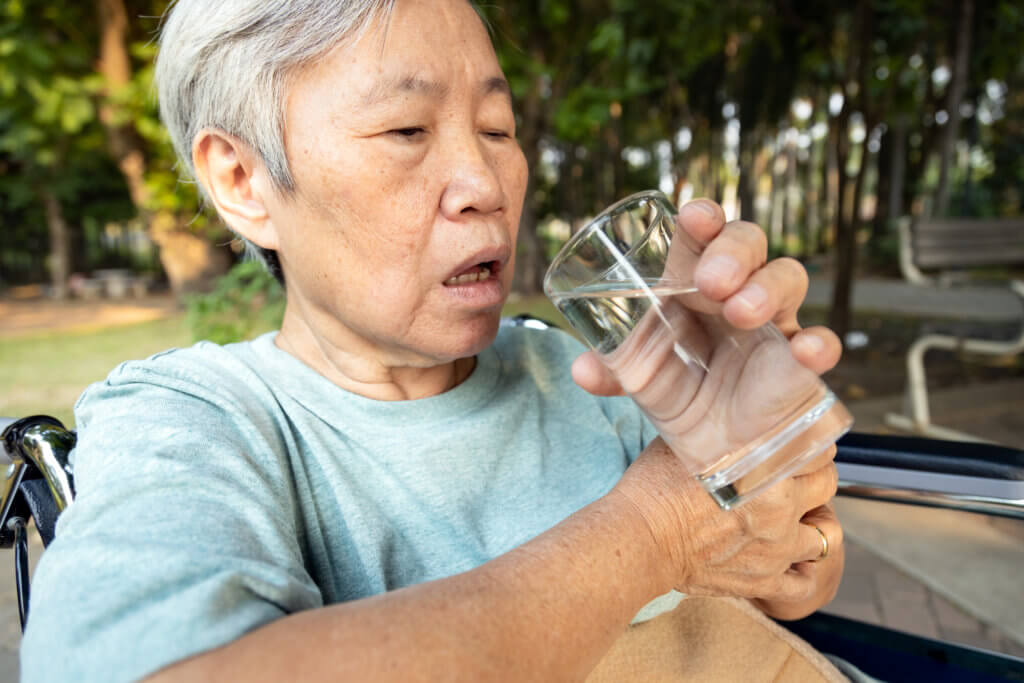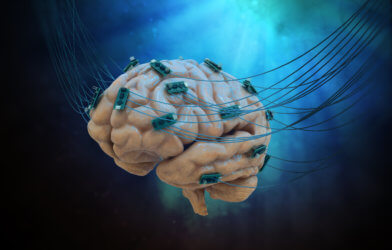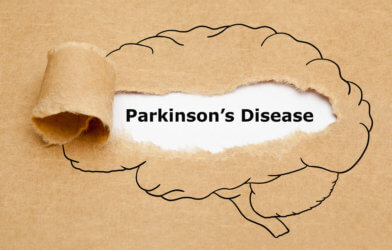Statistically, over 795,000 individuals in the U.S. suffer a stroke each year. Roughly 80% of those affected lose varying levels of arm function, and up to 50%-60% of those people are still having issues six months after. A recent study indicates that stimulation of the vagus nerve may help to provide full recovery for those individuals.
Practicing physical movements such as feeding movements and gripping are conventional techniques used to help stroke survivors restore motor function and control. For most individuals, however, improvement ultimately comes to a halt.
The recent study out of the University of Southern California studied how the vagus nerve may help to provide full recovery for those individuals. The vagus nerve, which spans the brainstem, chest, and abdominal region governs several of the body’s activities. It is sometimes referred to as a “natural antenna” for the nervous system. When combined with physical therapy, vagus nerve stimulation (VNS) significantly improved upper-body motor function even for those who had lost motor function years earlier.
A control group was given fake stimulation along with therapy. Motor function in the upper limbs and torso was improved for those who received VNS when combined with therapy.
“This is incredibly exciting news for everyone involved in stroke rehabilitation and functional restoration and represents a unique intersection between neurosurgery and neurorehabilitation. These study results are the first of their kind, and open up new possibilities for stroke patients, allowing them to reclaim more arm function even years after having a stroke,” says Dr. Charles Liu, the lead neurosurgeon of the study and director of the USC Neurorestoration Center of Keck Medicine of USC, in a statement.
A total of 108 people with varying severity of arm impairment, nine months to ten years after a stroke, took part in this worldwide controlled study. Of the total, 53 underwent physical therapy and VNS. Mock treatment was used on the remaining 55 individuals under the same conditions. Triple blind, controlled testing was used.

Those who had VNS had an electrode placed into the side of their neck and coiled over the vagus nerve, which was then monitored. After that, the electrode was attached to a pulse generator tool that had been inserted in the patient’s chest. Those who underwent the mock treatment were given fake implants.
Each participant completed 6 weeks of rehabilitation in the facility after the device was implanted. The physical therapy included activities such as extending and gripping, simulated feeding as well as accessing containers by opening and fastening. After completing therapy, patients carried out a home therapeutic regimen of similar exercises.
Numerous standardized assessments of upper-body mobility revealed that motor function in the upper limbs and torso was improved for those who received VNS when combined with therapy.
“Not only were the results clinically meaningful, the fact that these patients were at least nine months post-stroke and in some instances years out, points to the possibility that meaningful improvements can be achieved even years after a stroke,” adds Liu, who also serves as chief of innovation and research and chair of neurosurgery and orthopedics at Rancho Los Amigos National Rehabilitation Center.
Nerve regulators in the brain govern the body’s reactions and are hypothesized to be released by the implant. These regulators boost neurotransmission pathways in the brain that are connected with mobility, allowing the brain to more efficiently remember activities as a result. This nerve stimulation therapy has been extensively used to treat diseases that affect motor control such as epilepsy. It is also becoming more popular as a viable treatment for clinical depression.
“For too long, stroke patients have faced limited options for recovery. This new treatment signifies a breakthrough that could be life-changing for many stroke patients and also represents an approach that will certainly be explored for many other functional restoration applications in the future,” Liu concludes.
Results are published in The Lancet.








-392x250.jpg)



